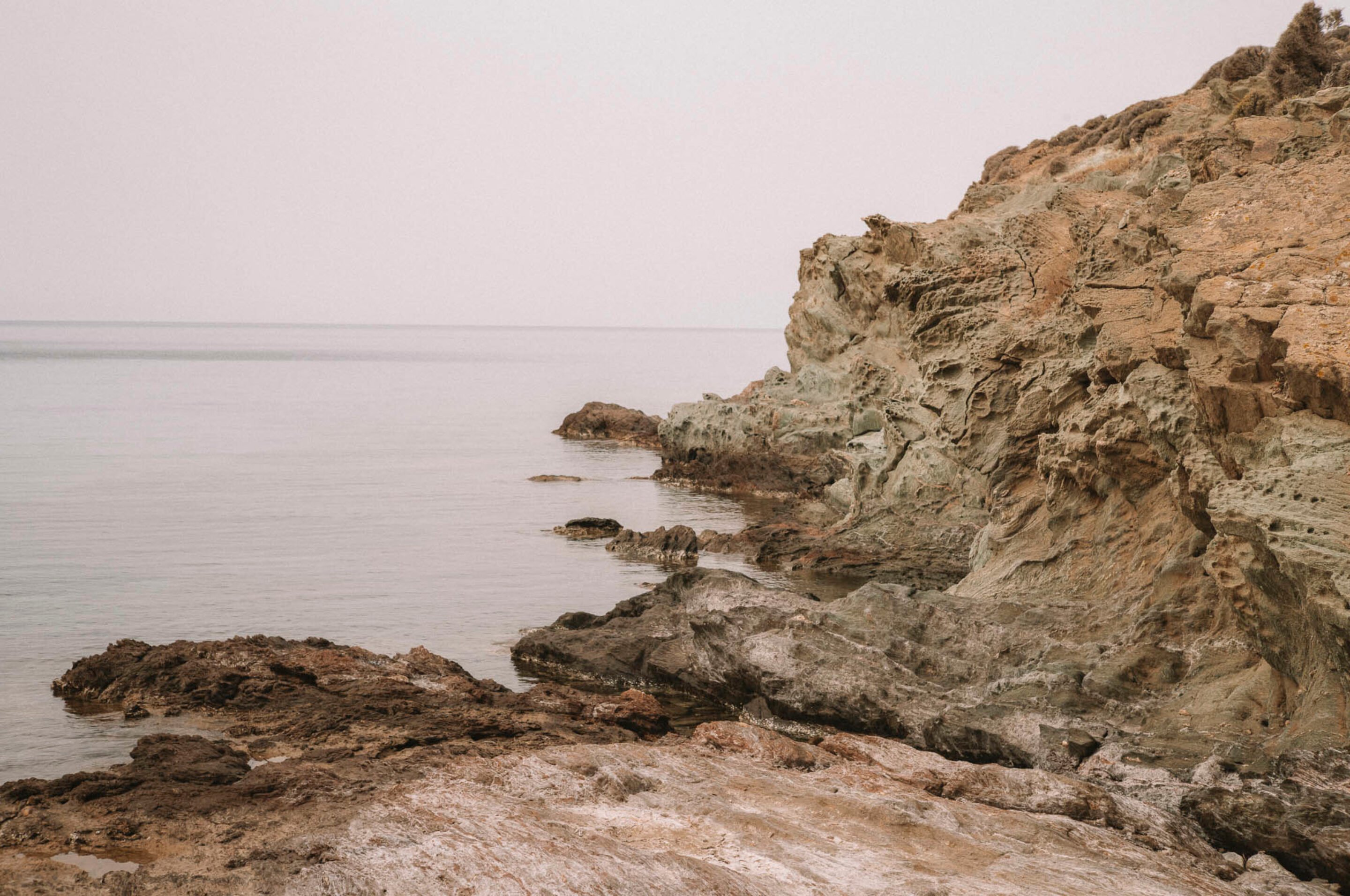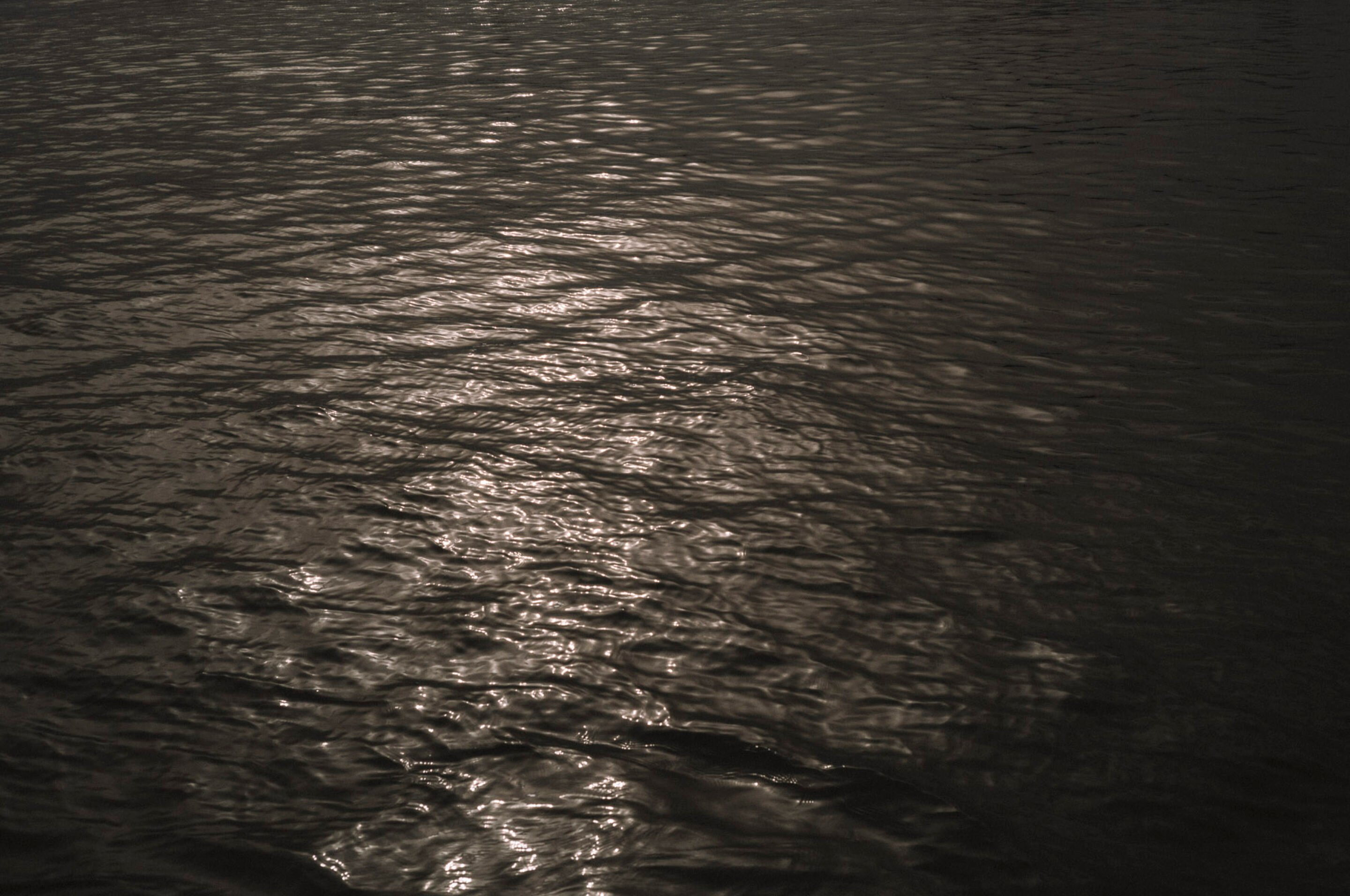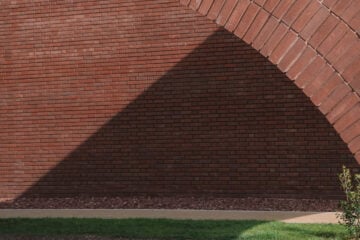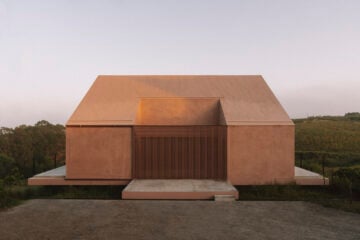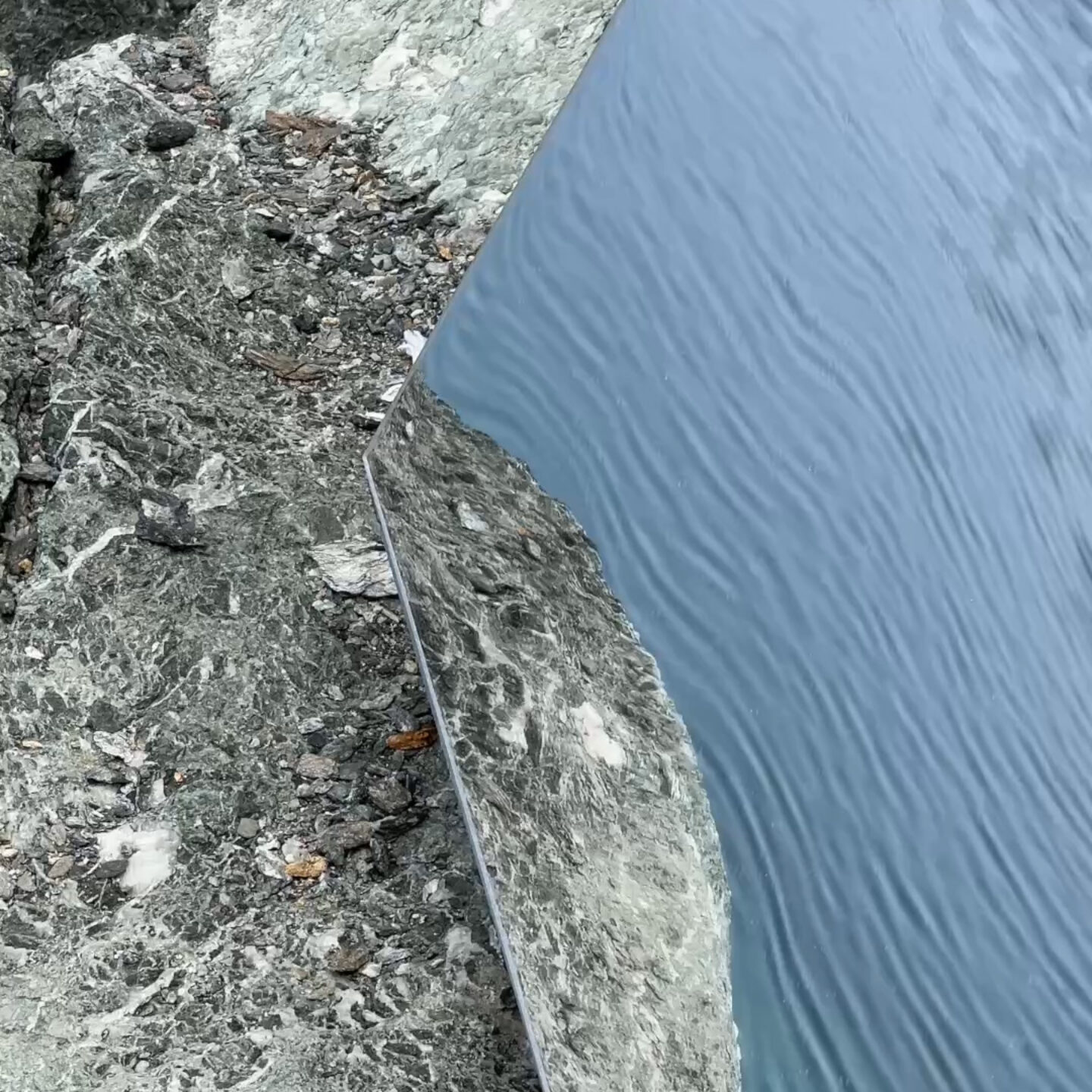
Exploring the Shapes of Time With Hermès
- Name
- Hermès
- Images
- Clemens Poloczek
- Words
- Anna Dorothea Ker
Mountain peaks have borne witness to the Sun’s rise and fall for millennia. Dusty paths have been carved by centuries of footfall. Still, every day the tide ebbs and flows, lapping sparkling sands. In the presence of nature, time feels expansive. The steadfast cycles of the natural world offer perspective on the arc of our days, attesting to what has gone before while paving the way for all that is yet to come. A journey to the Cycladic island of Tinos to celebrate the release of the Hermès Cut timepiece invited reflection on centuries of craft, history’s traces on the land, and the nature of time itself.
Time has etched its shapes onto the sunbaked Tinos landscape. Whipped by Meltemi winds and silhouetted by jagged granite mountain peaks, the demure island in the center of the Cycladic archipelago features a distinctive geological landscape of granite and marble that sets it apart from its predominantly volcanic neighbors. Among the whitewashed villages scattered across its hillsides, conical windmills and intricately patterned dovecotes—houses for rock doves, or pigeons—characterize its landscape.
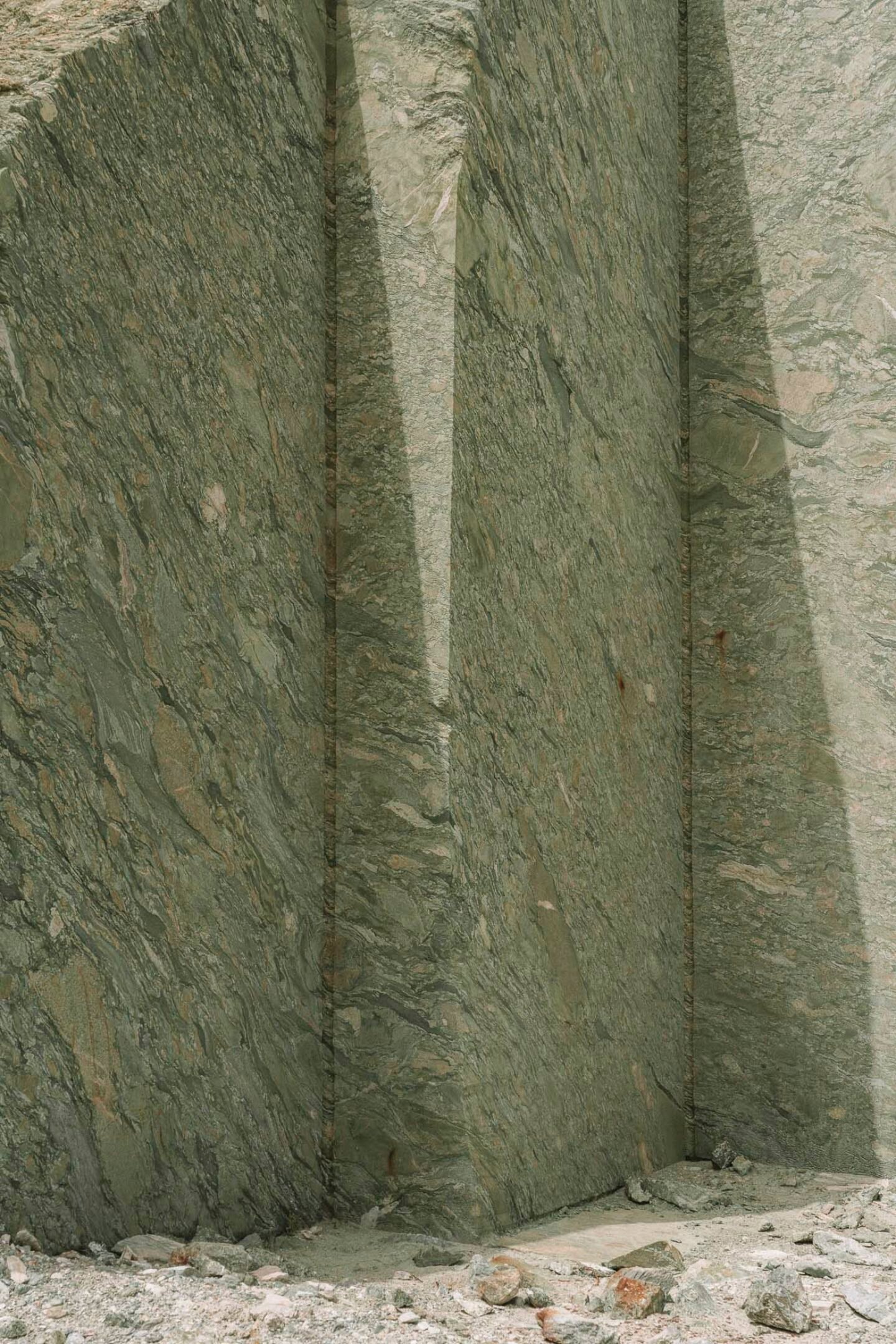
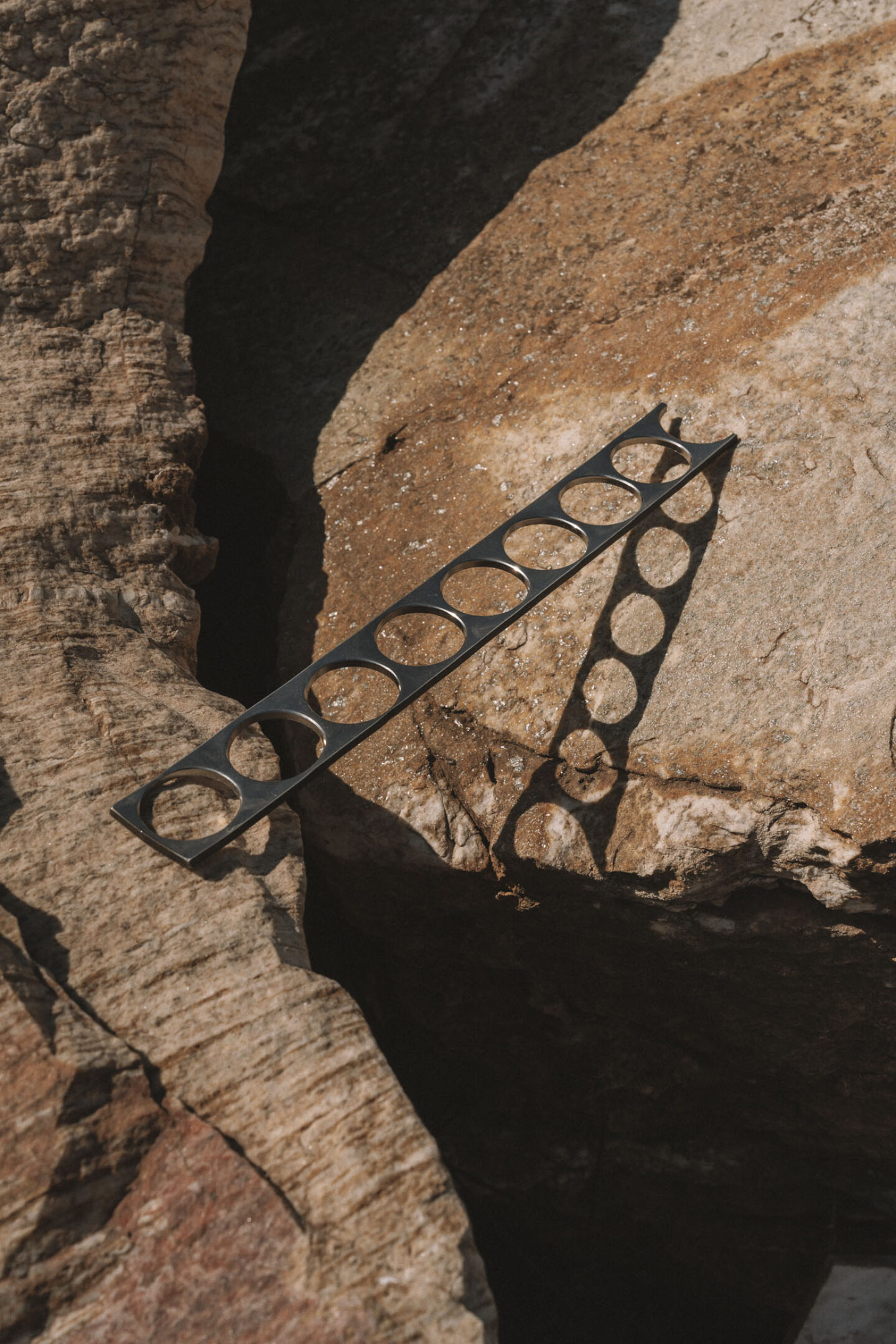
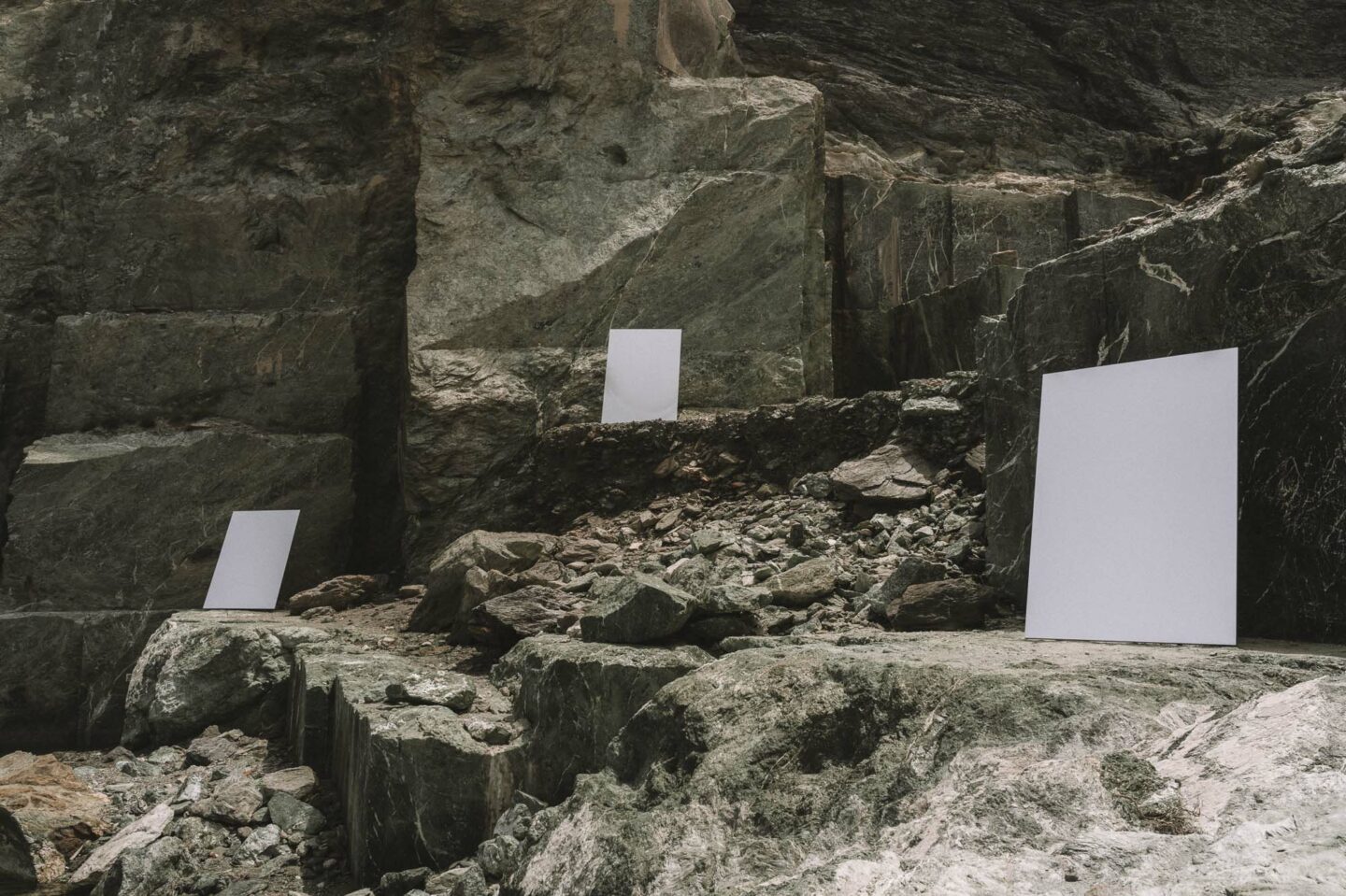
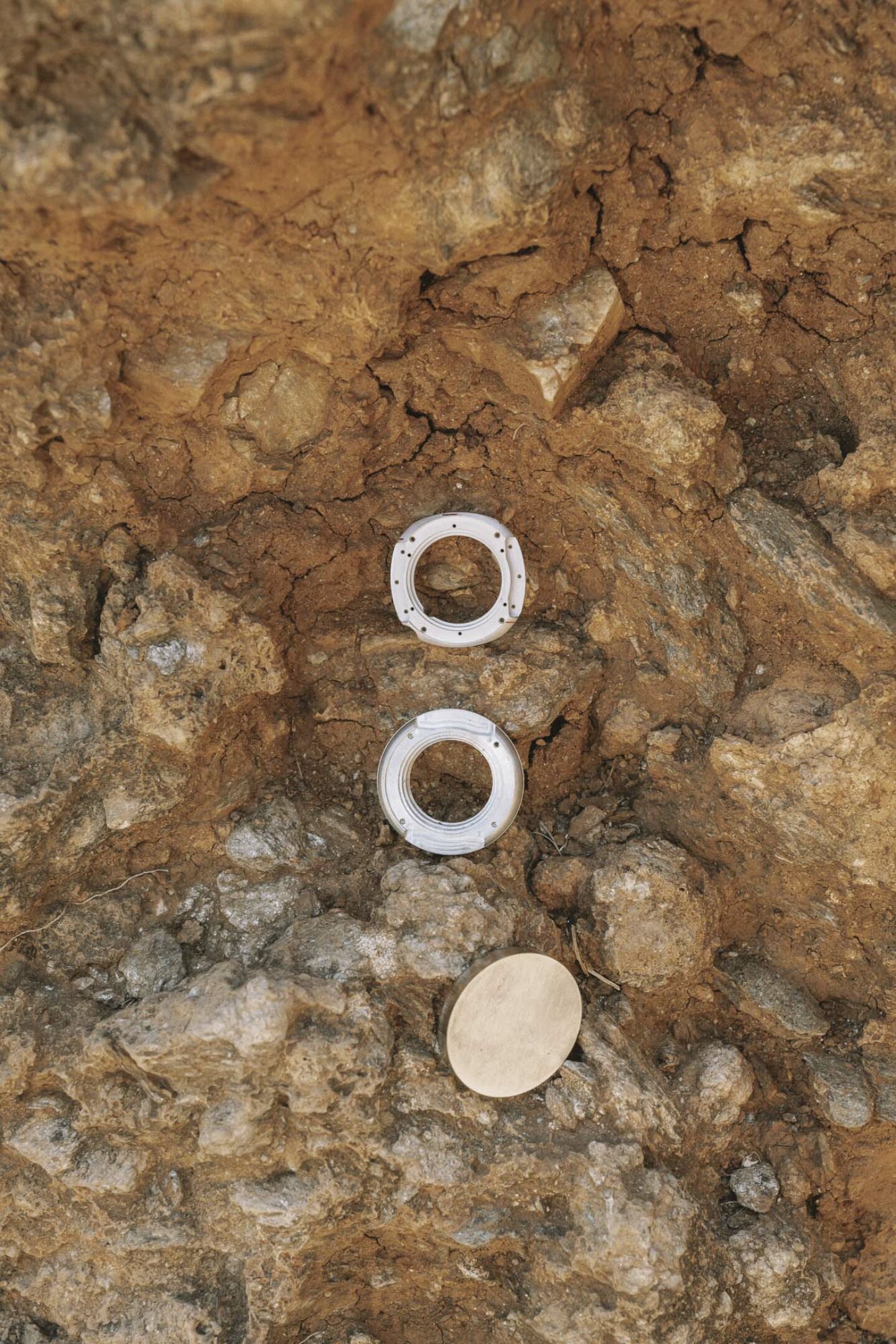
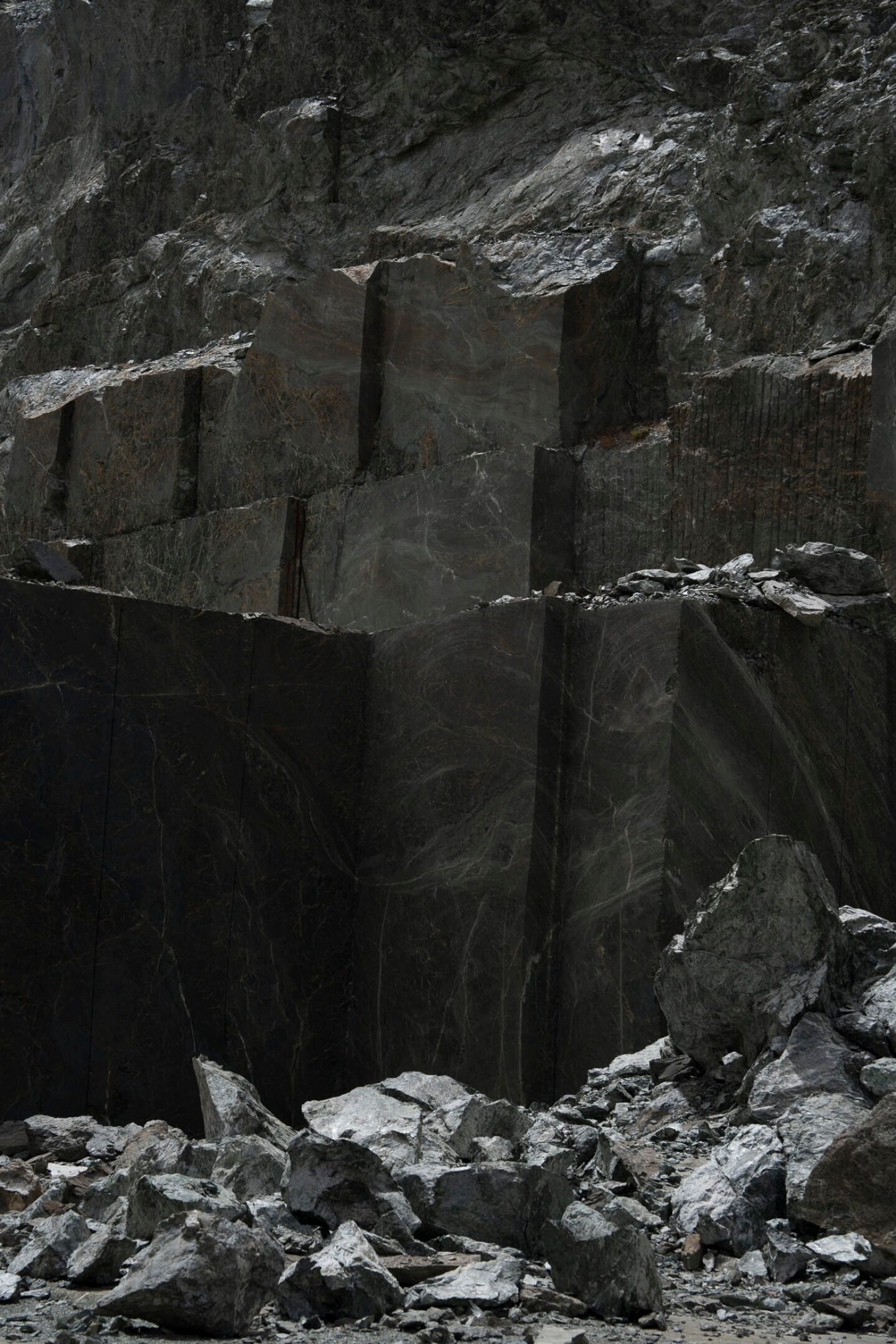
Both are relics of the island’s former Venetian rule, which spanned from the dawn of the 13th century, after the Fourth Crusade, until 1714, when it became part of the Ottoman Empire. Throughout centuries of revolutionary and evolutionary change, the island’s abundance of stone has remained constant. Its rich mineral resources have shaped not only its architecture and economy but have also been formed into sculptures and buildings across ancient and modern Greece. Today, the island remains a site of pilgrimage and a draw for travelers ready to venture beyond well-worn trails in search of a slower pace of life.
Tinos’s reputation as a cradle of artistic collaboration between nature and craftspeople at a pace of its own making made it an apt setting to mark the moment with the Hermès Cut. Characterized by harmonious proportions and clean lines, the timepiece is striking in its commitment to pure materiality. Taking its name from the creative gesture – the “cut” – that gives the sides of the watch its distinctive form, the watch features a satin-brushed case and H-link bracelet cut from lustrous stainless steel. At 36 mm in diameter, the Cut is genderless: a universal object waiting to be imbued with the uniquely personal history of its wearer.
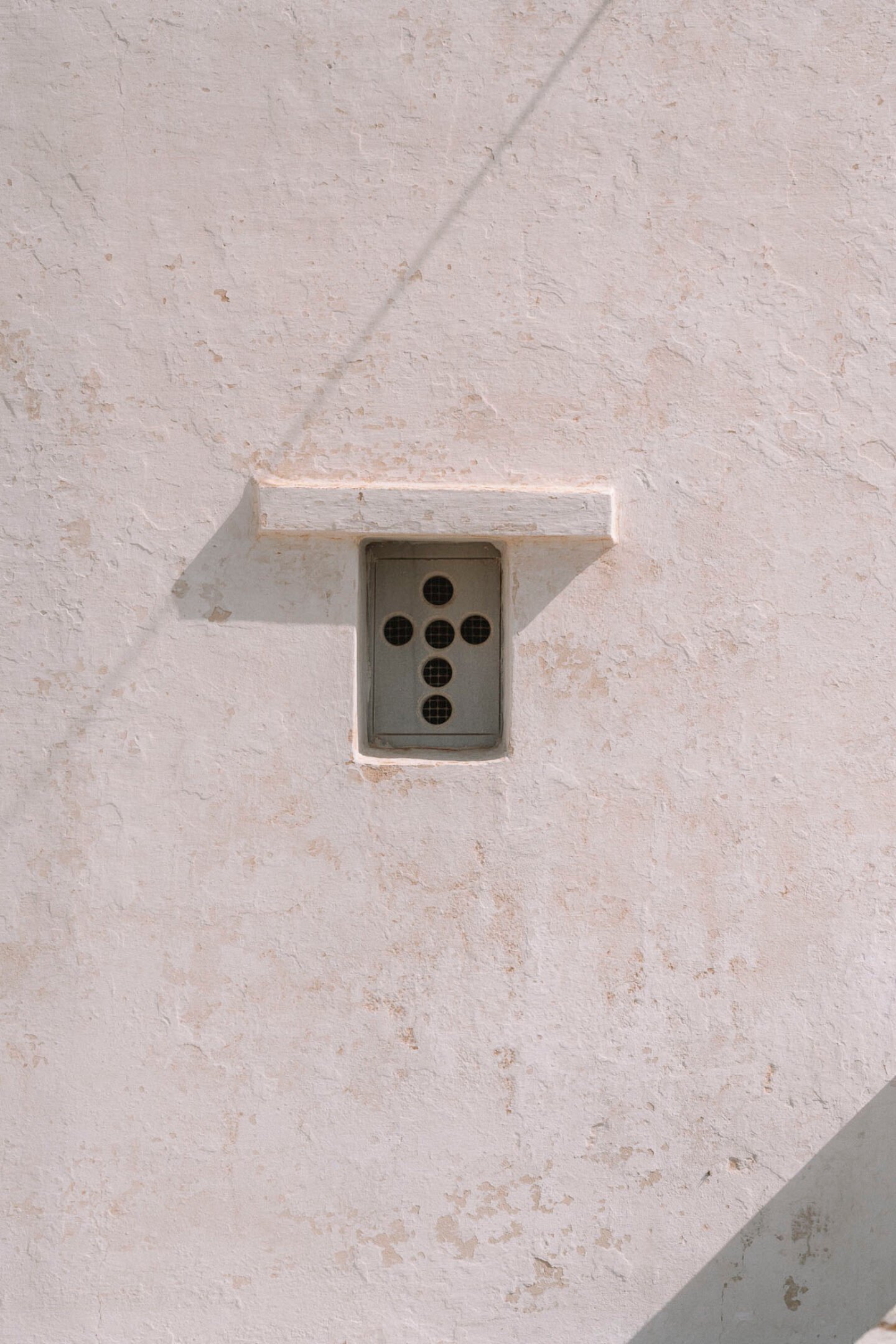
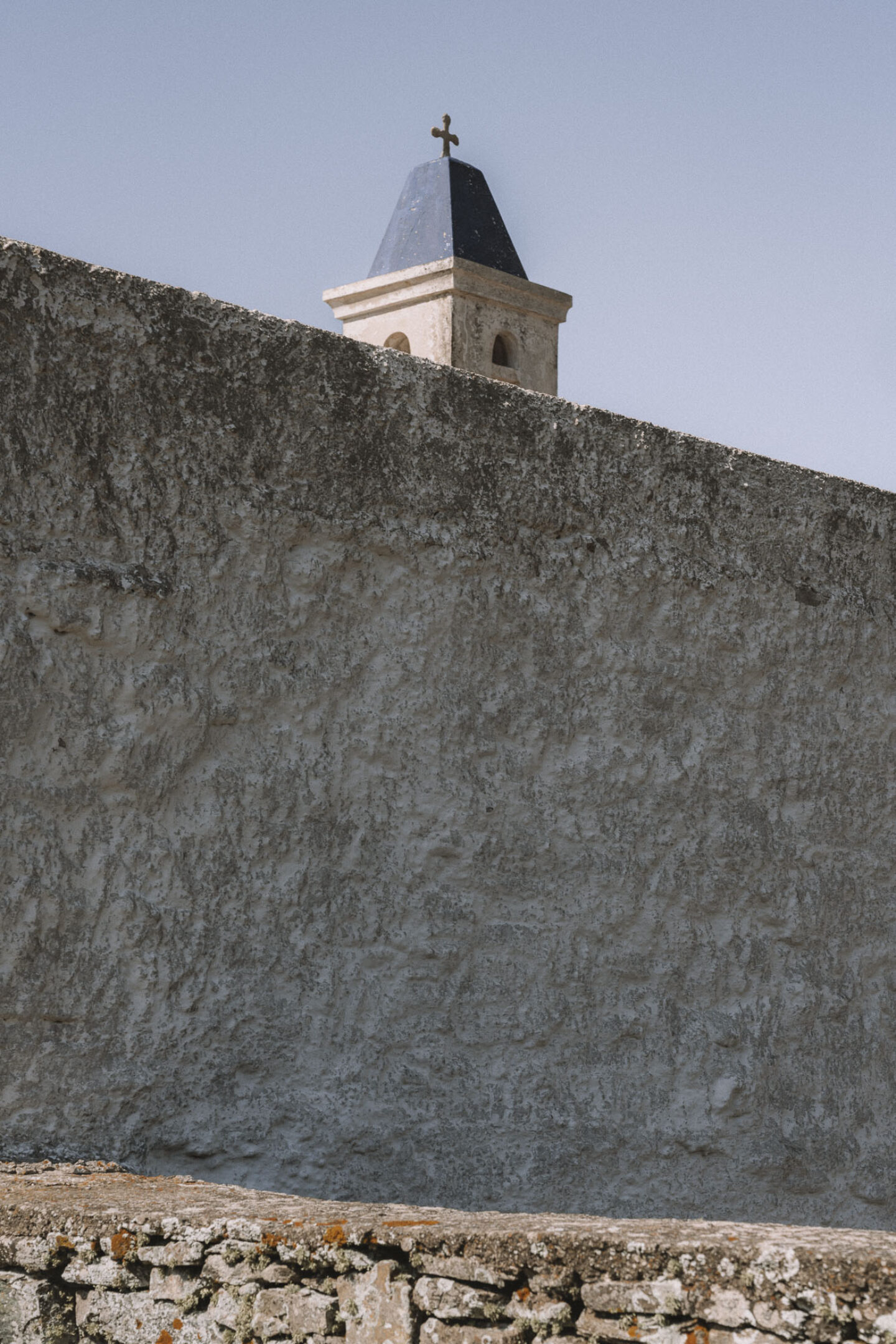
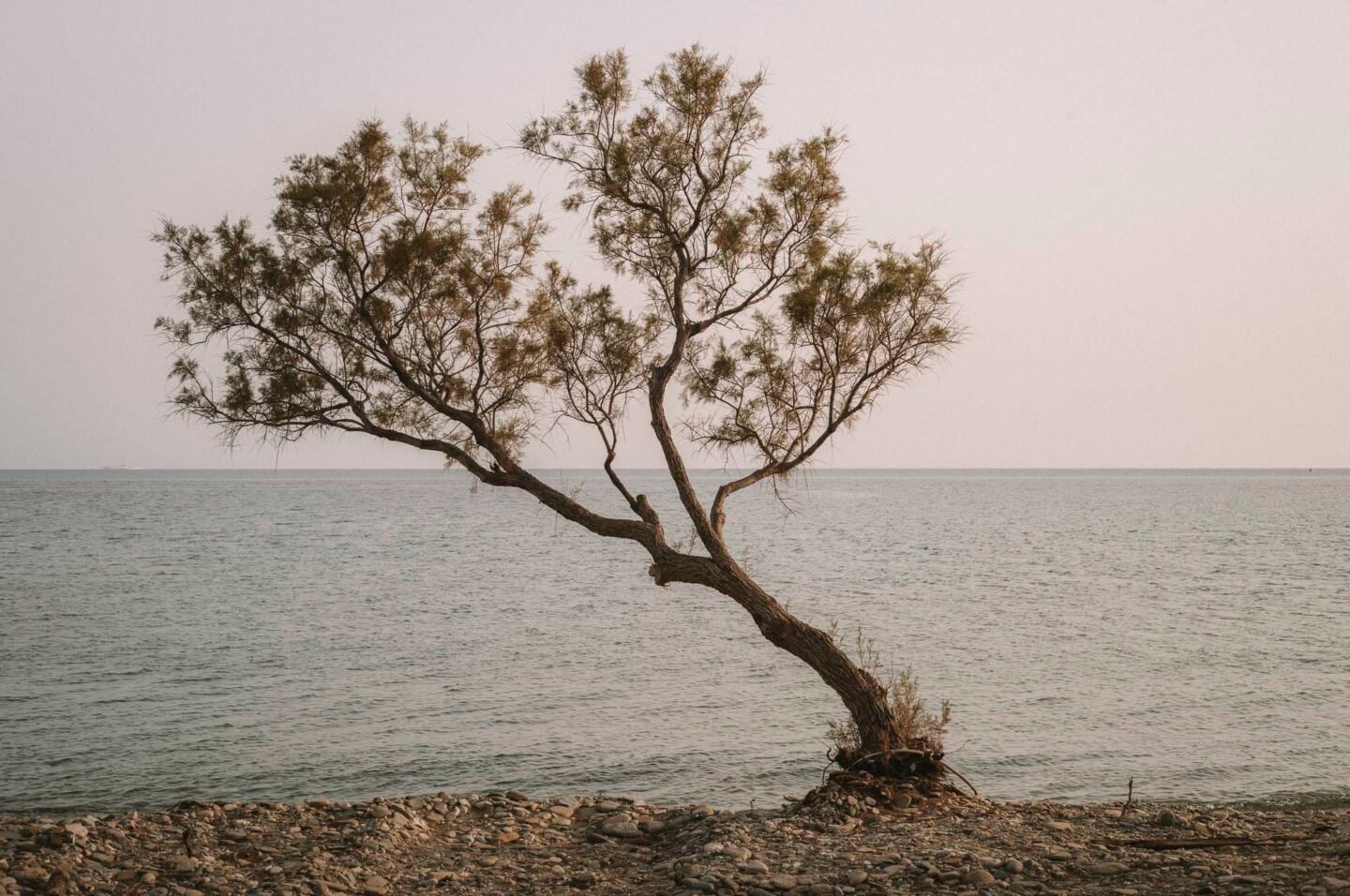

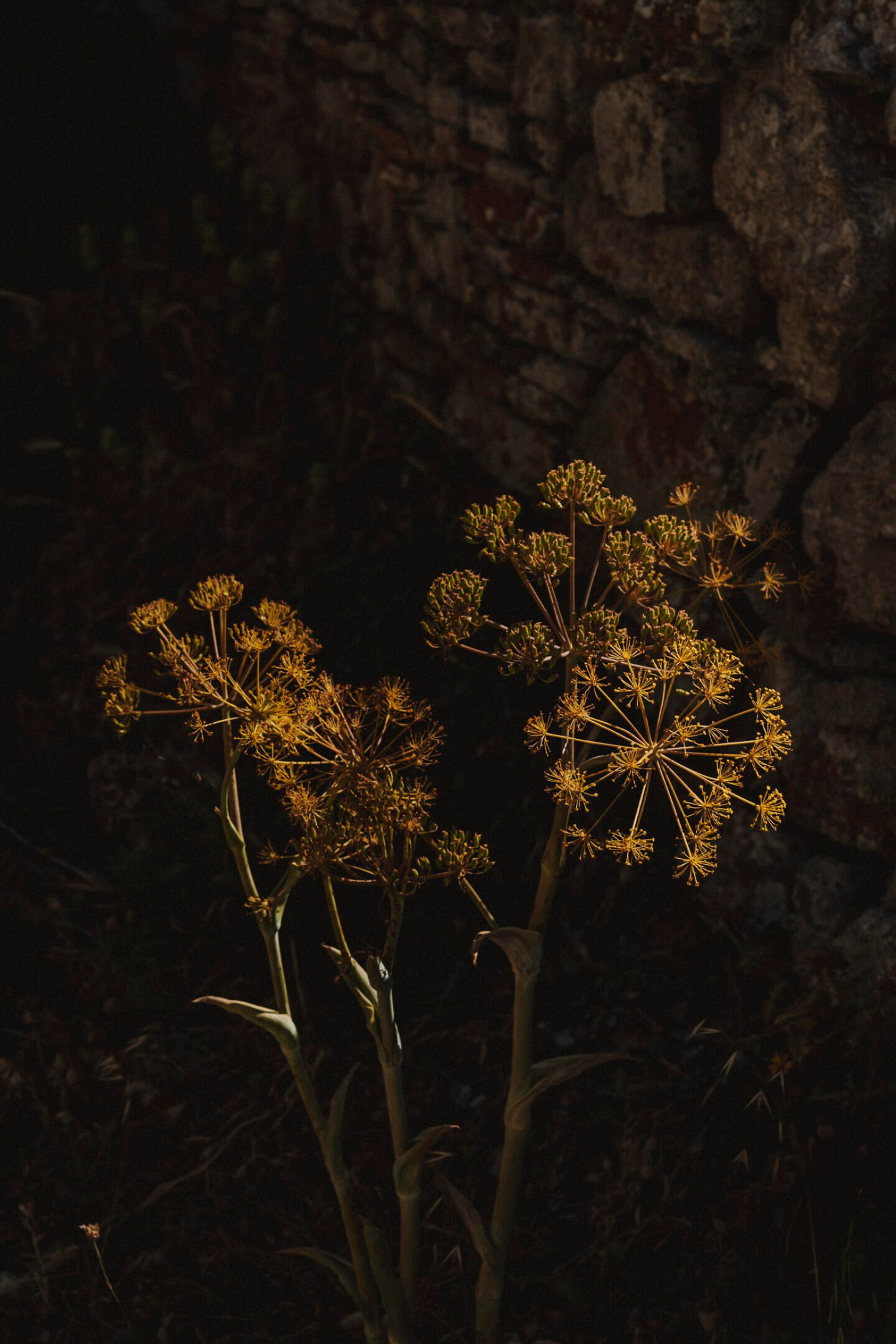

As with all of the house’s métiers, Hermès Horloger intertwines the highly functional with the philosophical. Not only does the Cut offer a trusted representation of the hours and minutes that mark our days, but it embodies a poetic approach to the flow of time. A glance at the polished profile of the watch adorning the wrist brings the present into focus, reminding its wearer that what matters is now. By staying attuned to the fullness of the moment, untethered from the demands of the next, we can shape the future we envision. Nature’s rhythms continue free of human constructs, offering perspective on the elements that matter to the observant.
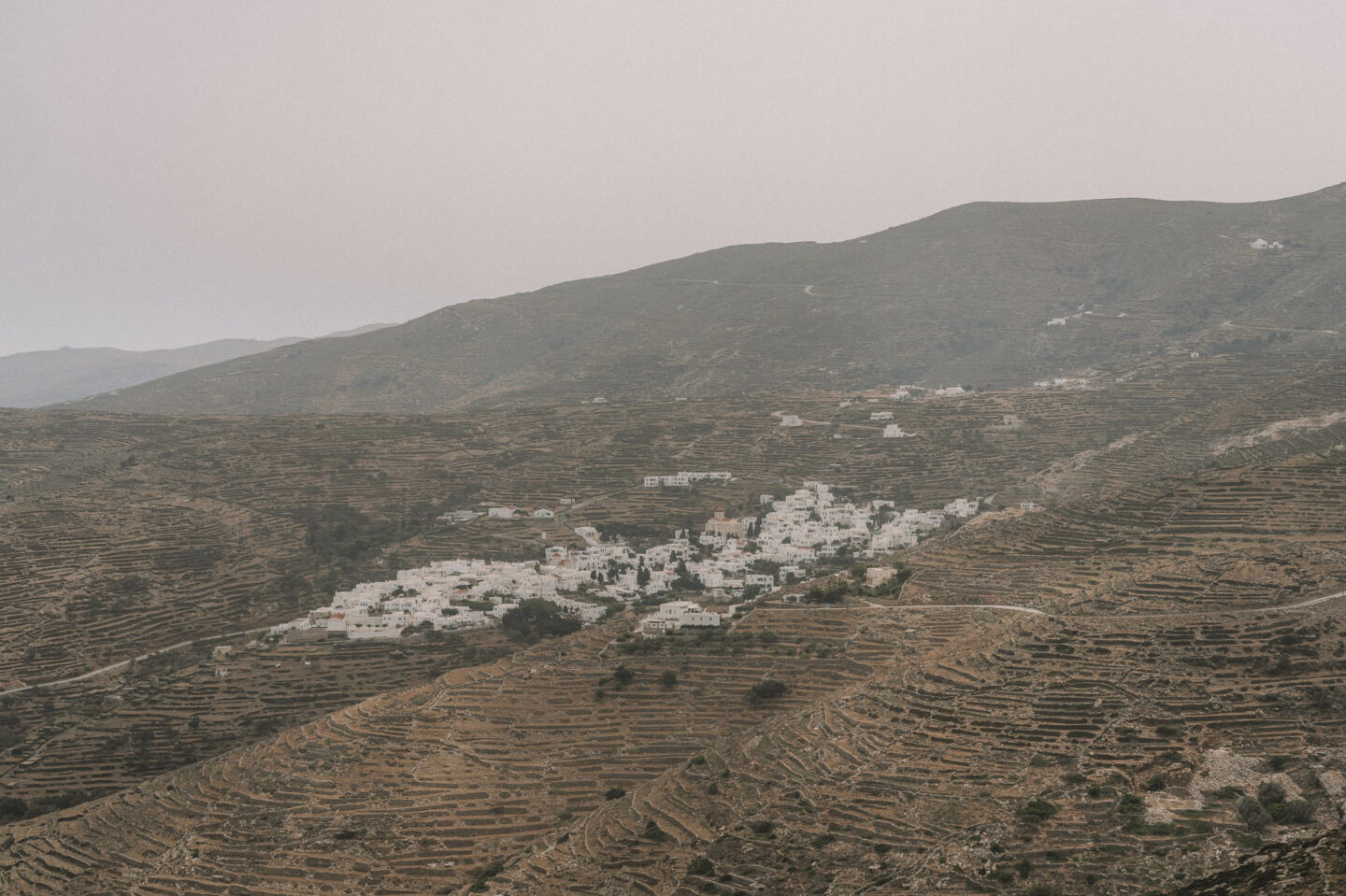
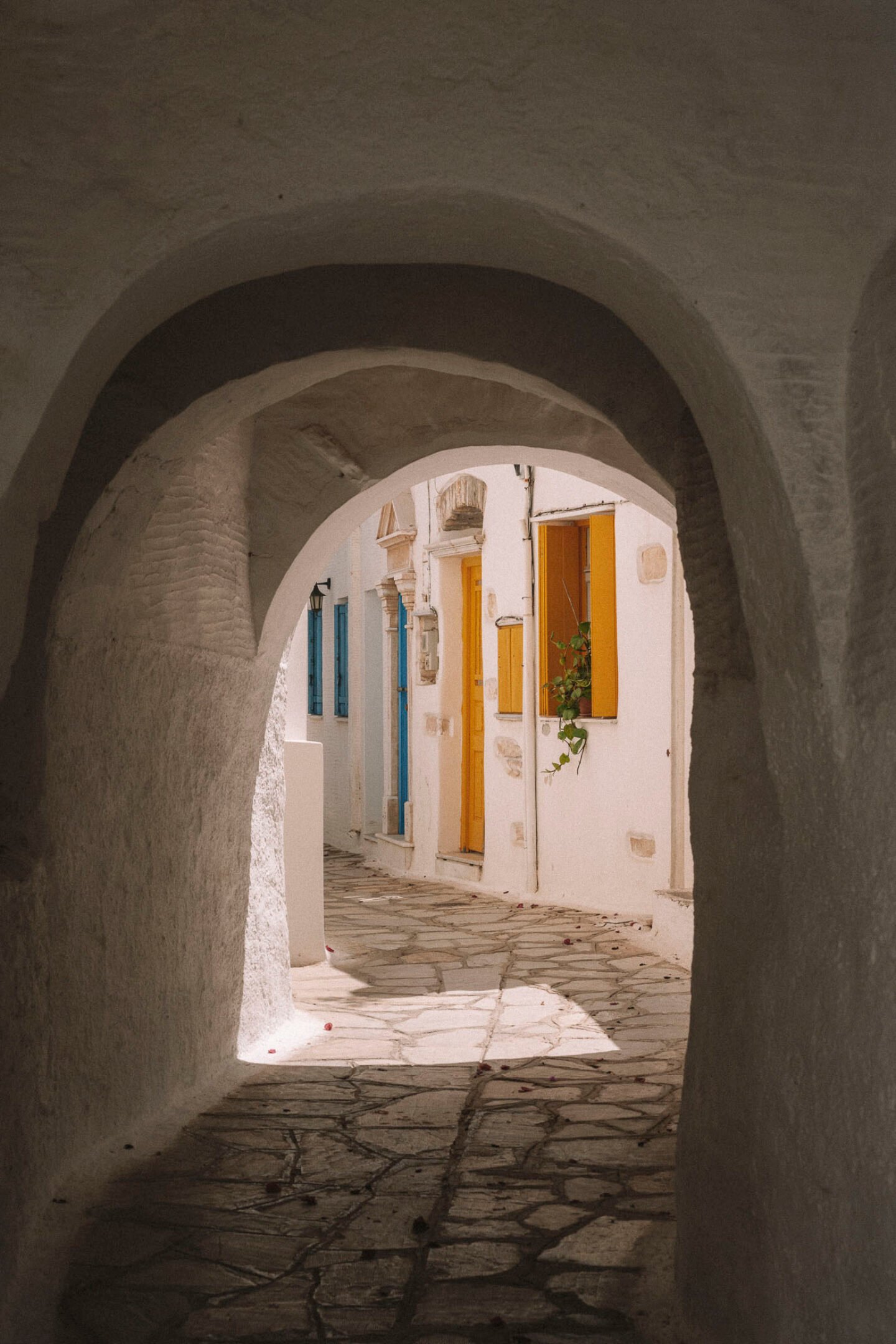


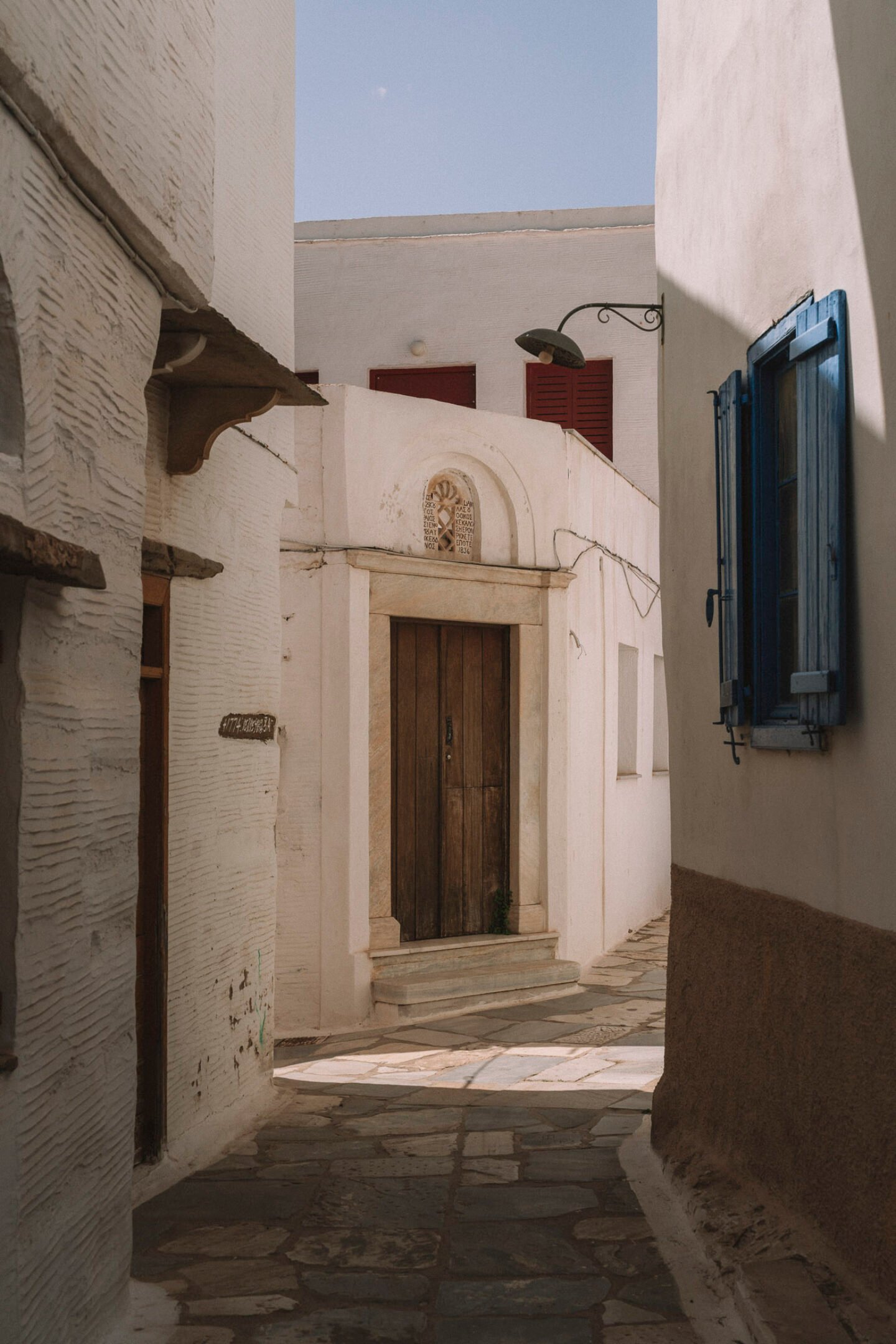
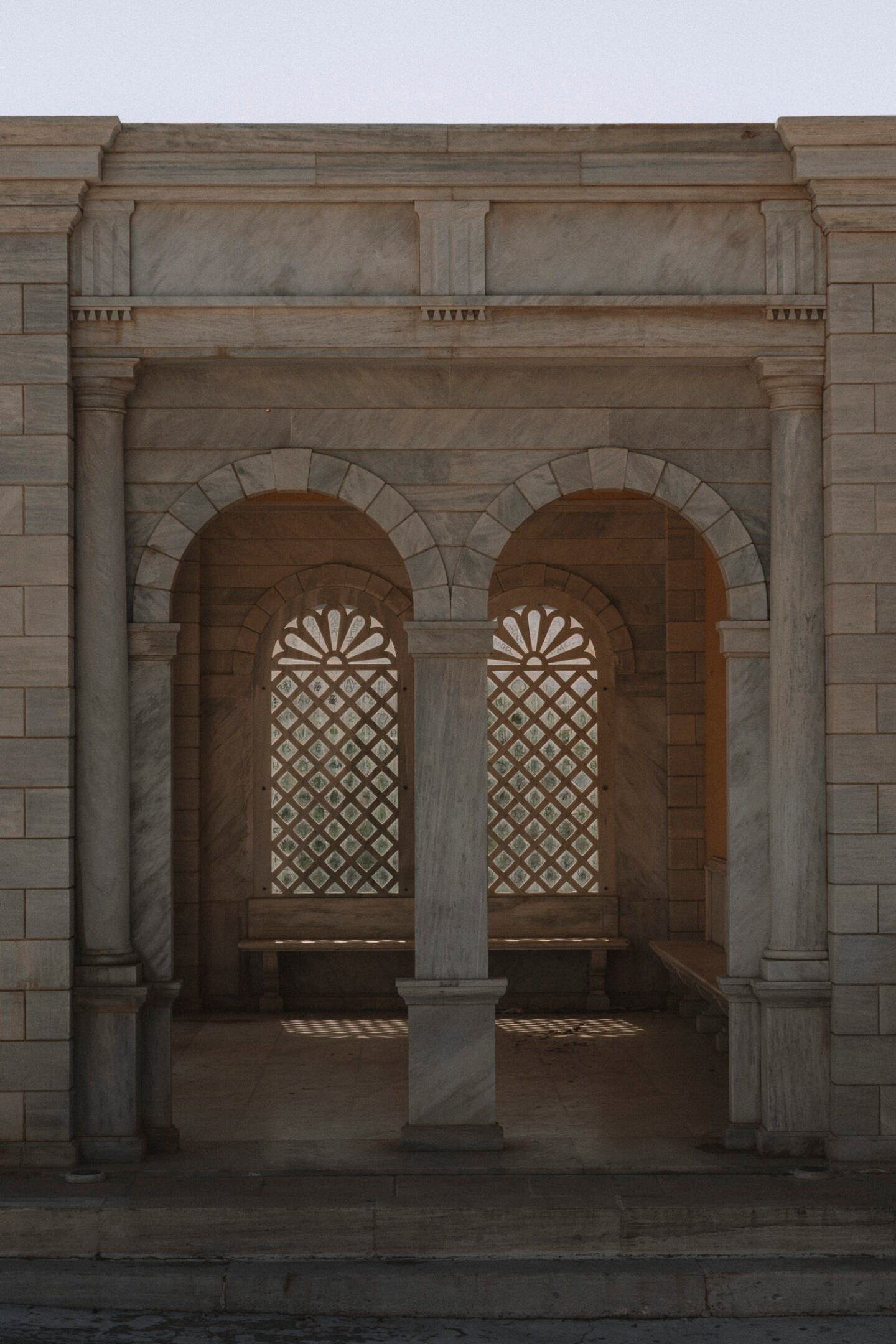
Minutes feel generous amid the marble quarries and rocky hillsides of Tinos. Between gleaming mountains and azure sea, time acquires a different texture. The trajectory of the sun over the island gently shapes daily rhythms. Depth of connection—expressed through rituals with oneself and exchange with each other—takes precedence over schedules. Nothing can be rushed. The constant provision of the land and the transformation of its provisions into precious artifacts echo the shapes of time itself: a finite resource to be approached with reverence and care, available to all yet infinite in its varying expressions. Plato referred to time as the “moving image of eternity.” As we navigate its flow, we are reminded that the pace is ours to set.
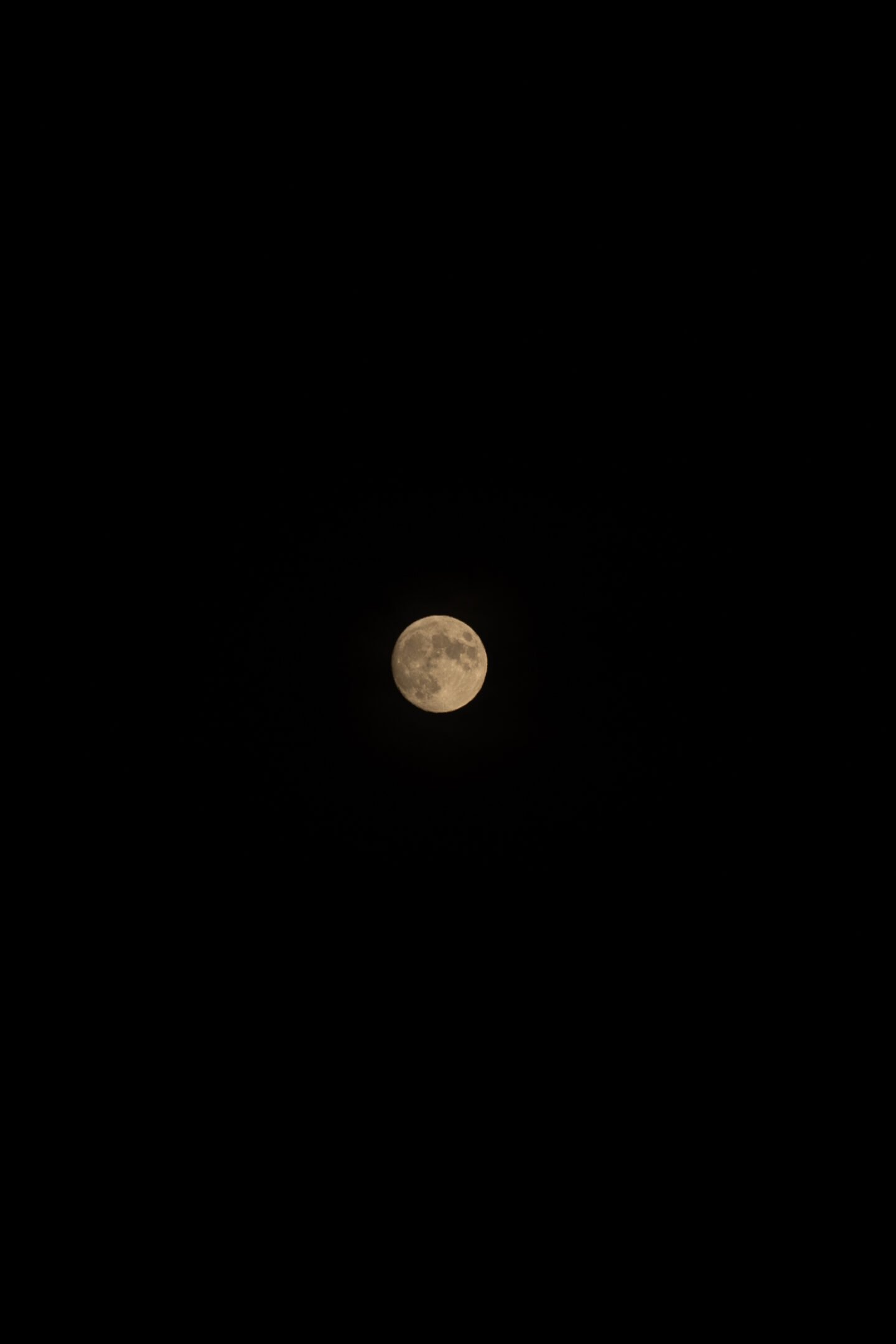
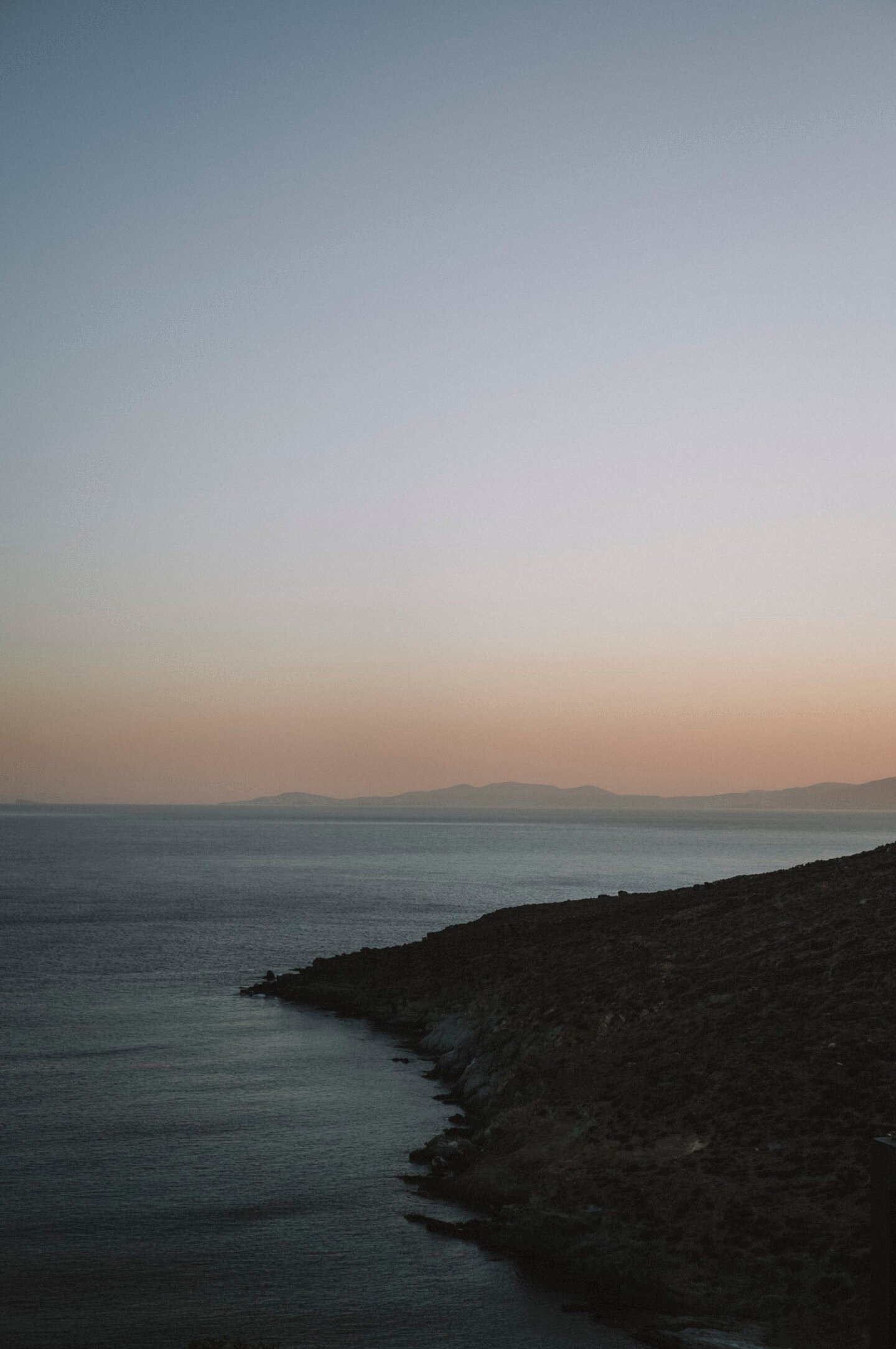
Images © Clemens Poloczek | Text: Anna Dorothea Ker
